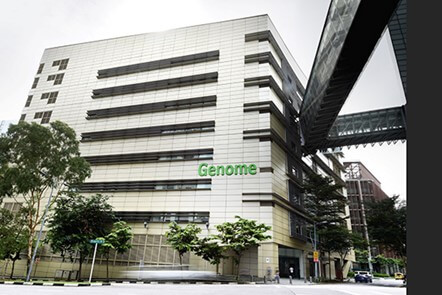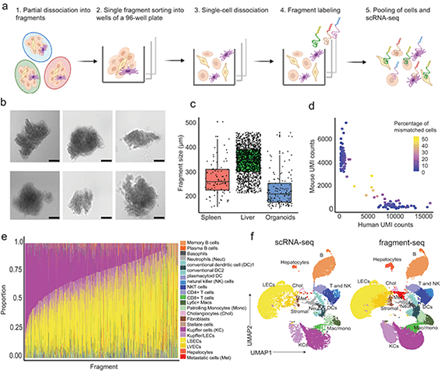Dear colleagues and friends
An esteemed colleague, shares this interesting article, published on January 19, 2024 in a press release from the Agency for Science, Technology and Research (A*STAR) in Singapore and translated by us for this space. Let's see what it's all about...

Researchers at A*Star's Genome Institute of Singapore (GIS) have found an innovative approach to sequencing single-celled ribonucleic acid (RNA) to study the functions of RNA structure in individual cells. Because the forms of RNA in individual cells can vary and drive different functions, the study of collective forms of RNA in many cells can overlook individual variability in both structure and function of RNA.
This new approach, called SC-Sport (Single Cell Structure Probing Of RNA Transcripts), is able to identify biomarkers crucial for human development and diseases, based on form rather than sequence. While single-cell gene expression analysis has demonstrated the degree of diversity present in apparently similar individual cells, it was not clear if other elements could also influence cell fate. Through this approach, researchers can now use the structure of RNA as an additional level of information to identify developing cell types and diseases.
The article, “RNA structure profiling with single-cell resolution reveals new determinants of cellular identity” was published in Nature Methods.
Over the past decade, understanding different components of individual cells through diverse single-cell sequencing technologies has progressed by leaps and bounds. As researchers delve deeper into the layers of individual cells, the prediction of cell trajectories becomes increasingly accurate.
Led by A*STAR's Deputy Executive Director and Principal GIS Researcher, Dr. Wan Yue, and Dr. Jiaxu Wang, an A*STAR GIS member, in collaboration with Dr. Roland Huber, principal investigator at A*STAR's Bioinformatics Institute (BII), this study marks the first exploration of RNA structure at the single-cell level, focusing specifically on rare cell types and RNA structure heterogeneity. In the past, to study the structure of RNA in large quantities, researchers needed millions of cells to get started. This approach led to a generic vision, combining all the shapes of all cells, making it difficult to see the specific differences in RNA structure between individual cells.
Now, by probing the structure of RNA in individual cells, researchers can better appreciate the information present in each cell and identify when the cells might malfunction.

The study of the structure of RNA in individual cells opens the door to the identification of structural biomarkers in individual cells that can be dysregulated in disease, adding an additional layer of information to existing single-cell information. This RNA structure could serve as a new biomarker or drug target for diseases in which RNA levels do not change.

It would allow researchers to identify cell types based on RNA structure in addition to RNA expression and to better understand how RNA viruses can fold into individual cells. The team is currently optimizing scale-up approaches for sequencing single-cell RNA structures and applying this approach to more complex cell development processes and cancer.
Dr. Wan Yue said: “Unlike traditional methods that study millions of cells at a time, this breakthrough allows us to examine the RNA structures in each cell individually, revealing unique patterns and biomarkers, enriching our understanding of cell fate.
In the face of the COVID-19 pandemic caused by an RNA virus, understanding how RNA folds inside cells becomes paramount.”
“This study not only sheds light on the fundamental functions of RNA, but it also paves the way for obtaining unprecedented knowledge about the potential of RNA as a revolutionary factor in the biomedical sciences.”
The findings of this last article are also unique compared to previous studies because of the ability to reduce millions of cells to a single-cell level for sequencing the structure of RNA.
A*STAR's acting executive director of GIS, Professor Liu Jian Jun, said: “In the rapidly evolving landscape of RNA research, the work done in GIS underscores our commitment to deciphering the complexities of RNA. Increased awareness of the role of RNA, especially in the context of the COVID-19 pandemic, contributes to better pandemic preparation and offers new knowledge for potential treatments against RNA viruses.”

